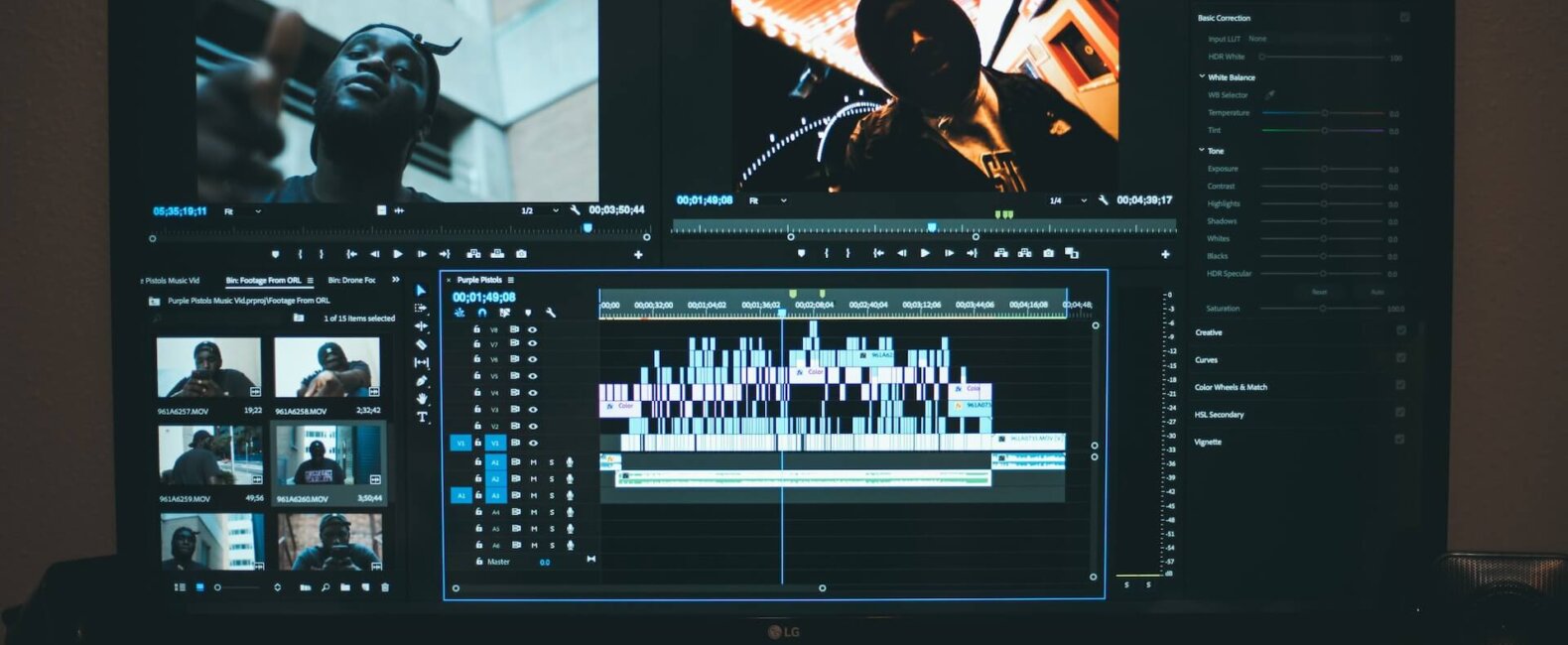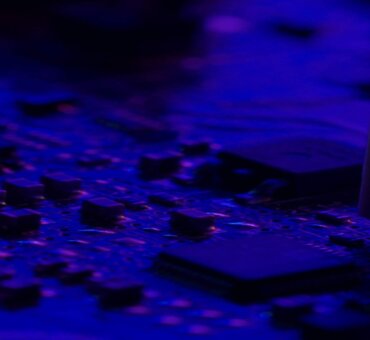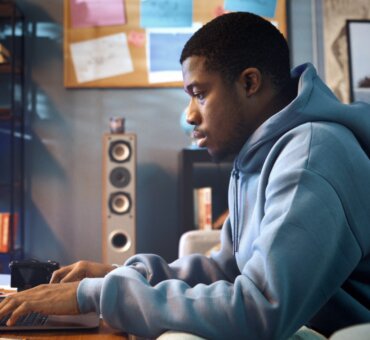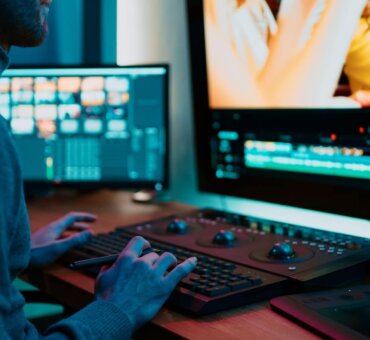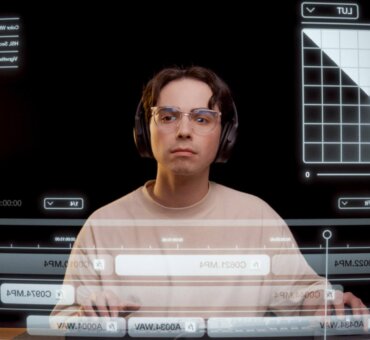The montage has been around pretty much for as long as cinema has been. It’s one of the oldest tricks in the filmmaking book and many of the greats have used them through the years, but what exactly is a montage and how and when should you use them in your own films?
Today, we’re giving you a comprehensive overview of the art of montage in film, including the different types of montage, elements of a montage, and plenty of great montage examples from famous films. Perhaps this, above all else, is the most renowned:
The original Rocky montage isn’t just a great montage but one of the most iconic scenes in cinematic history. In this article, we’ll also offer practical tips and techniques for creating effective montages, as well as guidance on how to write montages in a script. To enhance your storytelling skills and create more engaging and memorable films, read on!
What is a montage in film?
In short, a montage is a sequence of different clips (or still images) that are edited together to convey a specific idea, theme, or message. Most often, the purpose of a montage is to condense time or information into a much shorter amount of time on screen. They may also be used to illustrate a character’s emotional state or thought process, or potentially to convey a message through visual metaphors or symbols.
In the classic Rocky training montage seen above, we see Rocky undergoing a series of physical or mental exercises to prepare for his big fight. If the director had tried to deliver this information in real time (many weeks and months of training) it would be impossible.
When was a montage in a movie first used?
The term is most strongly associated with Russian filmmaker and film-theorist Sergei Eisenstein. Throughout the 1920s, he popularized the technique in many of his films. Most famously, there is his “Odessa Steps” montage which many film students study around the world:
In this sequence, Eisenstein uses a series of short shots to show a massacre of civilians by soldiers on a set of steps in the city of Odessa. He believed (correctly) that film had the power to create a powerful emotional impact on the viewer by juxtaposing contrasting images together in rapid succession.
Eisenstein was one of a number of Russian filmmakers who was influenced by Lev Kuleshov. Kuleshov developed the idea that two shots in a sequence are more impactful than a single shot by itself—a theory that became known as the Kuleshov effect.
What makes a good montage?
What makes a successful montage in a film? The truth is, there’s no set recipe. There are many great montage examples out there and they’re great for many different reasons. However, there are a few basic rules you can stick to.
- Clear narrative purpose: a great montage in a movie should serve a clear narrative purpose. While tempting, don’t just include a montage for the sake of showing off fancy editing techniques. The montage should advance the story or character development in a meaningful way.
- Strong visual storytelling: the images in the montage should be well-chosen and effectively edited together to tell a story or convey a message. Keep your visuals interesting and engaging, ensuring that they work together to create a cohesive and impactful sequence.
- Effective use of music: music in montage is incredibly important. Notice how both music choices in the Rocky training sequence and the Odessa Steps really set the tone? The music or sound design used in your montage should enhance the visuals and help to convey the intended emotional impact. Make sure the rhythm and pacing of the music works in harmony with the visuals to create a powerful and memorable experience for the viewer.
- Juxtaposition of contrasting images: a great montage often involves the juxtaposition of contrasting images or ideas, which can create a sense of tension or surprise for the viewer. This can be achieved through careful editing and use of visual metaphors or symbols.
- Emotional impact: ideally, you want your montage to elicit an emotional response from the viewer, whether it be excitement, tension, joy, or sadness. The montage should leave a lasting impression on the viewer and contribute to their overall experience of the film.
Types of montage in film
The type of montage used in a film will depend on the specific needs of the story and the desired effect on the viewer. Here are a few of the most used, developed by the montage father himself, Sergei Eisenstein.
Rhythmic montage
A rhythmic montage is probably the most used montage in film. These types of montage cut the clips based on the action or image within the shot. The shots are edited together in a way that creates a sense of visual or auditory rhythm, often by matching the pacing and movement of the images to the tempo of the music too.
The purpose of a rhythmic montage is to create a sense of energy, momentum, or tension through the use of fast-paced editing and music. It can be used in a variety of ways—perhaps to show a character’s emotional state, to convey a sense of urgency or excitement, or simply to create a visually interesting sequence.
Tonal montage
Tonal montages are very powerful. As you may have guessed from the name, tonal montages cut clips together in a way that emphasizes the mood or atmosphere of a scene, often using visual metaphors, symbolism, or other techniques. Juxtaposed with rhythmic montages, tonal mortgages are based on emotions that can be drawn by placing two particular images or clips together, rather than going on tempo or music.
The purpose of a tonal montage is to convey a specific emotional state or atmosphere to the audience, whether it be tension, fear, joy, or sadness. It can be used to set the tone for a particular scene or to create a sense of contrast between different elements of the story.
Intellectual montage
Intellectual montages are used to convey complex ideas or arguments through the juxtaposition of clips. In an intellectual montage, shots are edited together in a way that creates a logical or conceptual connection between different elements, often using visual metaphors, symbols, or other techniques.
Filmmakers will use intellectual montages in movies to convey an argument, idea, or concept to the audience in a clear and compelling way. They may be used to explore philosophical or political themes, to analyze historical events, or to make a persuasive case for a particular viewpoint.
Metric montage
Metric montages emphasize the visual and auditory rhythm of their shots, matching the pacing and duration of the shots to the beat of the chosen music track. By cutting to each shot after a finite number of frames (no matter the action on screen), metric montages create a visual pace, energy, momentum, or tension. This type of montage is the most basic.
Overtonal montage
Essentially, an overtonal montage creates a thematic or symbolic connection between different elements of a story. It makes use of all the other montage types listed above (intellectual, metric, rhythmic, and tonal). In an overtonal montage, clips are edited together in a way that emphasizes the underlying themes or motifs of the film. Filmmakers use this to explore complex ideas or emotions, add depth and nuance to their story, or to create a sense of unity and coherence across different scenes or plot threads.
An overtonal montage requires a high degree of skill and creativity, as well as a deep understanding of the underlying themes and motifs of the story. When done correctly, it can be a powerful tool for creating a more immersive and thought-provoking viewing experience for the audience.
Montage examples
Below, have a look at some of cinema’s (and TV’s) most iconic montages. How many have you seen before? And can you correctly categorize them using the definitions above?
Shaun of The Dead (2005)
Trainspotting (1996)
The Godfather (1972)
City of God (2002)
Elements of a montage
As you watched through those and figured out which type of montage they are, you may also have noticed certain elements that show up in each montage, no matter if they’re tonal, intellectual, rhythmic, metric or overtonal. Each montage is different, and not every montage uses all of these elements, but these are all quite common and something to consider when creating your own montages.
- Quick cuts: more often than not, montages have relatively quick cuts between scenes. It ceases to be a montage, otherwise! When it comes to cuts, there are plenty of different types to choose from.
- No dialogue: while not a hard rule, most montages don’t feature dialogue on screen. The Trainspotting example above shows how dialogue may feature. But more often than not…
- Voiceover narration: if there is any dialogue, it’s in the form of a voiceover. This can deliver key information and add to the story the montage is showing the audience.
- Music: perhaps the most important part of any montage. I’d argue that any montage absolutely must have music and, as we’ve explored above, it plays a key role in setting the tone and atmosphere.
- Supers: adding titles, text and graphics (like in the City of God montage) can help place a montage (or various different clips within a montage) on a timeline and add further context for the audience.
How to make a montage
With the information digested from this article, you’re ready to start making a montage for your own film. Below, we’ve got a useful structure to follow for your first time.
- Determine the purpose: before making a montage, identify the main purpose of the project. Is it meant to showcase a particular event, emotion, or theme? This will help you choose appropriate footage and music, as well as decide whether you actually need a montage.
- Select the footage: choose the best footage that supports your purpose. Select clips that have a strong visual impact and are relevant to the theme.
- Organize the footage accordingly: organize the footage in a logical sequence that tells a story or conveys a message, according to your chosen type of montage. You can do this by arranging the clips chronologically, thematically, or by using other creative techniques mentioned above
- Choose the music: the music you select should complement the footage and support the mood you want to convey. Consider the tempo, rhythm, and style of the music and how it’s going to match the footage.
- Edit the footage: edit the footage to create a cohesive story that flows smoothly. Use transitions, cuts, and fades to connect the clips and create a seamless flow that fits the style of montage you’re aiming for.
- Consider the pacing: the pacing of the montage is crucial to its success. It should be dynamic and engaging, but not too fast or too slow. Again, the type of montage you are creating will determine the pacing to a certain degree.
- Use special effects: you may want to consider adding special effects, such as slow motion, color grading, or text overlays, to enhance the visuals and convey your message.
- Review and revise: Review the montage several times to ensure it conveys the intended message and has a clear structure. Make revisions as needed to improve the overall impact.
How do you write a montage in script?
When it comes to writing a montage in script, you should start by typing out MONTAGE in capital letters, followed by a location and time of day. Follow this with bullet points describing the different shots you’d like to feature. It may look something like this:
MONTAGE
INT. APARTMENT – MORNING
- Shot of Alice hitting snooze on her alarm clock
- Close-up of Alice’s tired face as she rubs her eyes
- Quick shots of Alice rushing around her apartment while getting ready for work
- Shot of Alice’s half-eaten breakfast sitting on the table
- Close-up of Alice checking her phone and realizing the time
- Shot of Alice grabbing her bag and running out the door
EXT. STREET – MORNING
- Shot of Alice running down the street
- Quick shots of Alice dodging through the crowds and trying to catch her train
- Shot of Alice arriving at the train station just as her train is pulling away
- Close-up of Alice’s face as she curses under her breath
- Shot of Alice looking at her phone and realizing she’s going to be late for work
Final thoughts
For as long as you’ve been watching films, you’ve been watching montages. However, it may not have been clear what they are or why they’re important. With this article, you now understand exactly what a montage is and why they’re such a great skill to have as an editor. They allow you to condense a period of time or convey key messages, themes and emotions in a quick, efficient and interesting way. Additionally, you now know how to get started when it comes to making a montage. It’s time to start practicing!
Photo by KAL VISUALS on Unsplash
